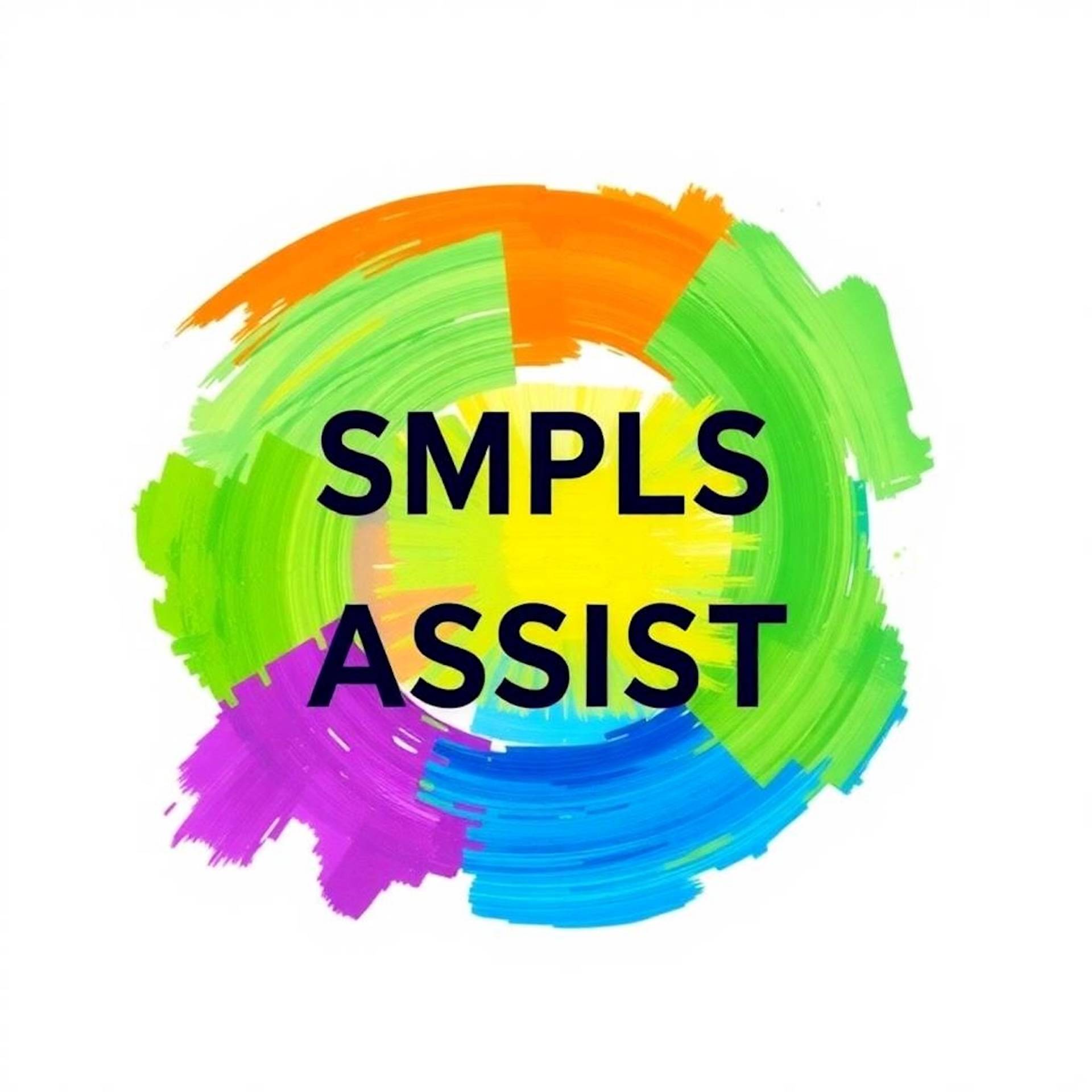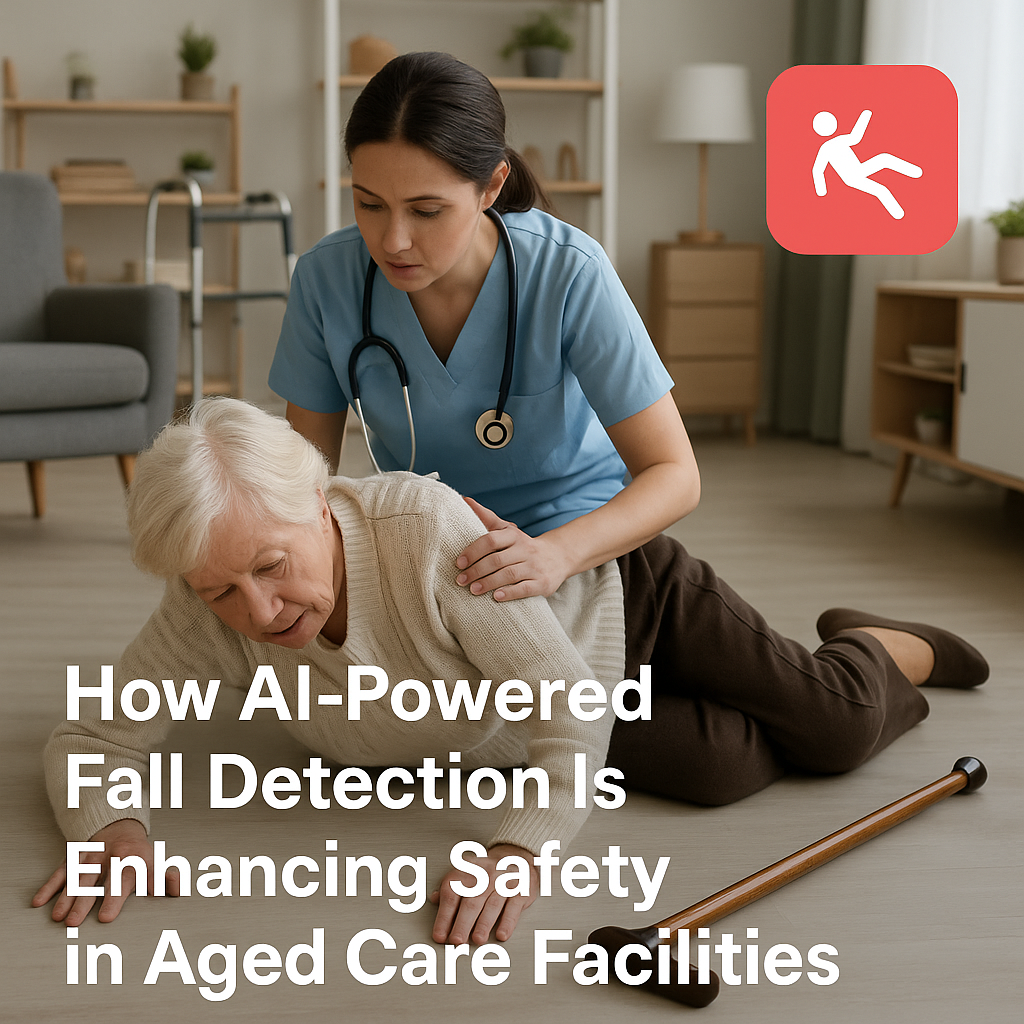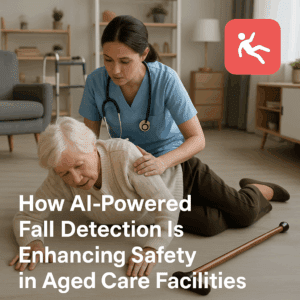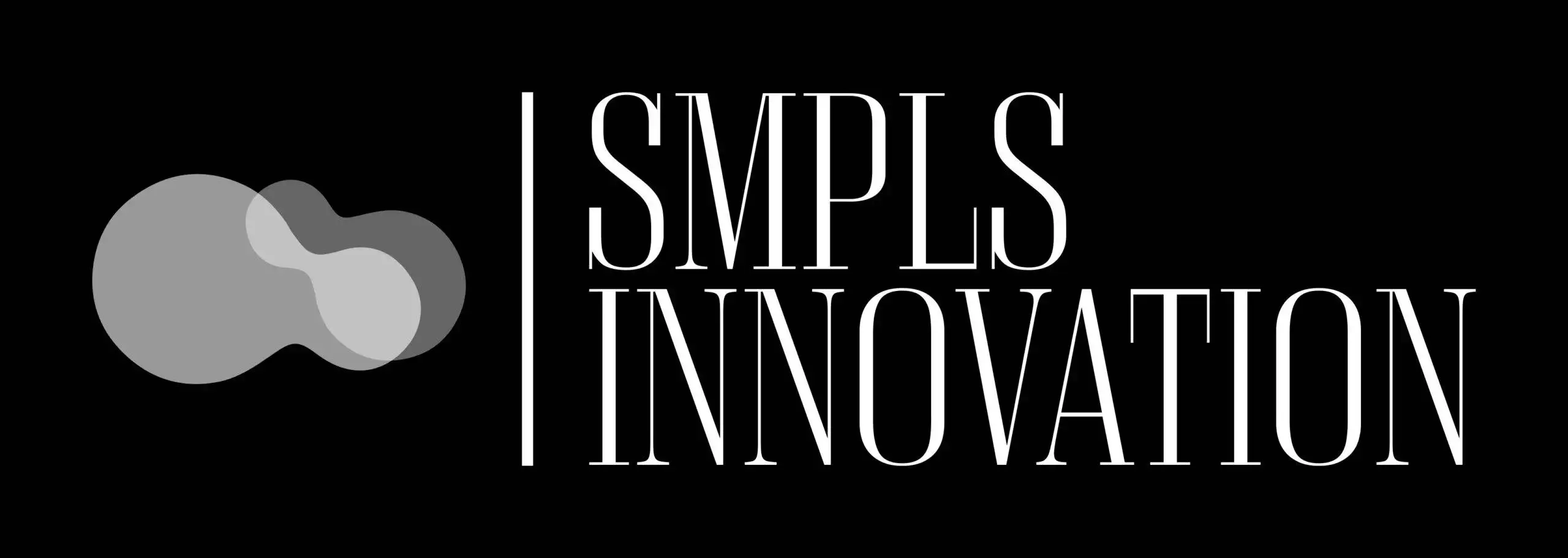How AI-Powered Fall Detection Is Enhancing Safety in Aged Care Facilities
Introduction
Imagine an aged care home where residents are walking with canes or using walkers, chatting with friends, and enjoying activities. But one of the biggest risks they face is falling. According to the World Health Organization, falls are the second biggest cause of accidental injury deaths around the world. For older adults, about one in three will fall each year. In aged care homes, that number can be even higher.
Here’s the good news—artificial intelligence (AI) is like a digital superhero stepping in to help. AI-powered fall detection is changing the way care homes keep residents safe. Instead of reacting after a fall has happened, AI helps spot risks early and alerts caregivers right away.
At SMPLSINNOVATION, we love helping people and care facilities find the right technology to support dignity and safety. And this is the kind of change that excites us most.
Why Falls Are Such a Big Problem in Aged Care
A fall isn’t just a small accident. It can bring serious challenges:
– The numbers are alarming: Falls cause more than 684,000 deaths worldwide every year. In the United States alone, 3 million older adults visit the emergency room each year because of falls.
– The costs are huge: Just in the U.S., falls cost about 50 billion dollars each year. For care homes, this means higher insurance, more hospital visits, and tighter budgets.
– The human impact: A fall can cause broken bones, head injuries, or loss of independence. It can also hurt a resident’s confidence, making them afraid to move around. Caregivers often feel stressed or guilty when falls happen.
Put simply, falls are one of the biggest enemies of happy and safe aging.
From Reactive to Proactive Care
In the past, fall prevention often meant:
– Call buttons that residents pressed (if they could reach one).
– Motion alarms, which often confused ordinary sounds with emergencies.
– Staff walking around to check rooms, though no one can be everywhere all the time.
The problem with these tools? Delays and way too many false alarms. Caregivers sometimes stopped trusting alarms because so many were false.
That’s where AI steps in. Modern AI systems can:
1. Spot falls as they happen, in real time.
2. Study movement patterns to predict risks before a fall occurs.
3. Connect with other systems in the care home so help arrives faster.
This is a big upgrade—from reacting to emergencies after the fact, to preventing and responding to them much more quickly.
How AI Fall Detection Works
Here’s how this smart system works in a simple way:
– Sensors are placed around the facility but don’t take away privacy. These can be cameras that blur details, wearable devices like watches, radar tools, or room sensors.
– AI algorithms recognize movements. They can tell the difference between someone stretching, sitting down, or actually falling.
– The data goes directly to caregivers in the facility. If there’s a fall, they get an alert on their phone, computer, or pager right away.
It’s like having a safety net that’s always awake and never misses a thing.
Top Benefits of AI Fall Detection
Here are 10 big reasons aged care facilities are choosing AI fall detection:
1. Faster detection and alerts.
2. Quicker response times that can save lives.
3. Residents feel safer and enjoy more independence.
4. Privacy is respected since many systems do not record clear images.
5. Predictive tools can spot walking changes or risky behavior.
6. Fewer hospital trips and lower medical costs.
7. Less stress for caregivers who no longer have to watch every single move.
8. Better records for compliance and care decisions.
9. Easy to expand to more rooms without overwhelming staff.
10. Families feel more confident knowing their loved one is safer.
For care homes, this list is impressive and valuable.
Recent Innovations in 2023–2024
AI fall detection is here now and growing fast. Some recent examples include:
– SafelyYou, which reviews video to help staff understand why a fall happened so they can prevent future ones.
– Philips VitalSign AI, which combines health monitoring and fall detection.
– CarePredict wearables that learn a resident’s activity patterns and warn about risks.
– AI systems that cut down false alarms by nearly 60 percent.
– Radar-only and privacy-first tools with no cameras.
– Smart mats in rooms and hallways that sense changes in weight or movement.
– Insurance companies starting to offer discounts to facilities using these systems.
The aged care industry, often slow with technology, is now moving quickly with these new tools.
Looking Ahead
At SMPLSINNOVATION, we believe AI fall detection is just the start. Soon we may see:
– Smart bathrooms that know when floors are slippery.
– AI that works with doctors to adjust medications based on fall risk.
– Dashboards that give a real-time safety score for each resident.
This is not about replacing human care. It’s about giving caregivers more time for what truly matters—human connection, kindness, and support—while letting technology handle monitoring.
Conclusion
AI fall detection is no longer a luxury; it’s becoming a must-have in aged care. Care homes that adopt it gain:
– Safer and more independent residents.
– Supported and less stressed caregivers.
– Families who feel reassured.
– A clear advantage over competitors.
At SMPLSINNOVATION, we help facilities cut through the noise and choose systems that truly fit their residents, staff, and values. There’s a maze of devices and vendors out there, and we’re here to guide care organizations through it all.
Our message is simple: don’t wait for a fall before making changes. The time to explore and adopt fall detection technology is now, and we’re here to help make that journey smoother and smarter.





